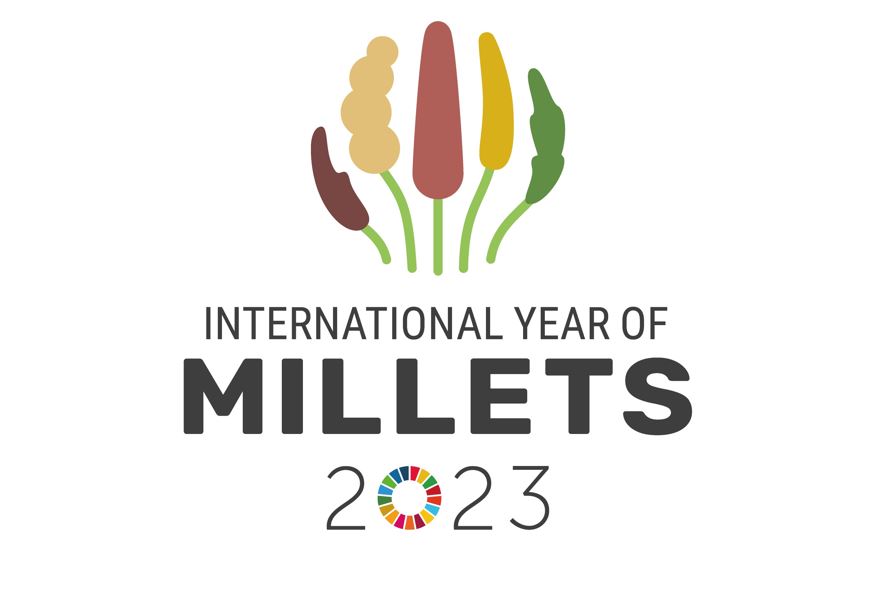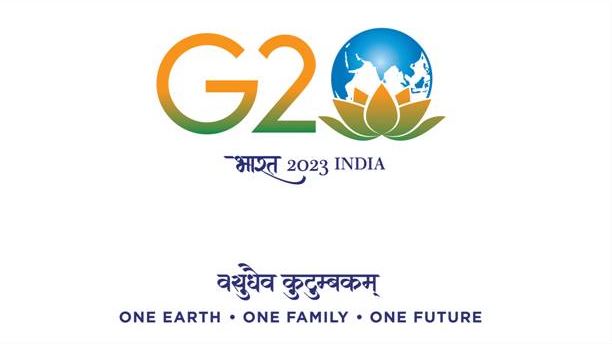The United Nations declared 2023 as the International Year of Millets (IYM) on 5th March 2021. The proposal for this was submitted by the Government of India and supported by 72 countries. IYM aims to raise awareness of nutri-cereals, another term for millets, for food security and nutrition. It will also enhance investment in R&D and extension, and inspire farmers towards improving production, productivity and quality of millets. The Government of India (GOI) aims to make IYM 2023 a people’s movement for the overall benefit of the Cultivator, Consumer and Climate. Millets can also contribute to achieving the Sustainable Development Goals (SDGs).
On 6th December 2022, the Food and Agriculture Organization (FAO) of the United Nations organized an official Opening Ceremony for the International Year of Millets – 2023 at Rome, Italy. The year 2023 will witness a year-long campaign and several activities nationally and globally for increased adoption and promotion of millets.
What are Millets?
Millets are a diverse group of small-grained dryland grasses that are cultivated as cereal crops. They are rich in dietary fiber, protein, vitamins, and minerals, and are considered to be highly nutritious and healthy. There are several varieties of millets, including Pearl Millet (Bajra), Finger Millet (Ragi), Sorghum Millet (Jowar), Proso Millet (Cheena), Little Millet (Kutki), Barnyard Millet (Sanwa), Foxtail Millet (Kangni), Browntop Millet (Choti Kangni) and Kodo Millet (Kodra), among others. Millets are classified into Major Millets and Minor Millets based on their grain size. First three of the millets listed above are Major Millets, while others are Minor Millets. Both major and minor millets are nutritionally rich.
The Millet Advantage
Compared to other cereals, millets are remarkably climate resilient. The are tolerant of poor soils, drought and harsh growing conditions. They can grow on arid lands with minimal inputs and maintenance, and are resistant to diseases and pests.
In arid areas, millets are the only crops that can be harvested in the dry season. They can help to overcome food scarcity in difficult periods, therefore contributing to the food security and nutrition of vulnerable populations.
Millets do not deplete soil nutrients much. By providing land cover in arid areas, they reduce further soil degradation and help support biodiversity and sustainable land restoration.
Millets are good sources of minerals, dietary fibre, antioxidants and protein. With a low glycaemic index, they are a good option for people with high-blood sugar. Millets are also gluten-free and an excellent and cost-effective source of iron for iron-deficient diets.
Dietary fibre in millets has water absorbing and bulking property. It increases transit time of food in the gut which helps in reducing risk of inflammatory bowel disease and acts as detoxifying agent in the body.
By promoting millets, additional sources of livelihood can be created for smallholders who grow them. This will boost economic growth in agriculture sector.
Greater trade in millets can improve the diversity of the global food system. It can provide cushion against sudden production and supply shocks of other foodgrains.
History of Millets
The Millets were among the first plants to be domesticated and serve as a traditional staple crop for
millions of farmers in Sub-Saharan Africa and Asia. The earliest domesticated millet is the Proso Millet which was found way back in the Neolithic era 7000 years ago. The cultivation of the Foxtail Millet dates back to about 6000 BC in Eurasia. In India, the Proso Millet is said to date back even to the pre-Harappan period or around the first half of the second millennium BC, grown widely in Gujarat and adjoining region. The dometication of Sorghum, Pearl and Finger Millet started in Africa some 5000 – 6000 years ago. Kodo, Little and Browntop Millets originated in India and are called the heritage crops of India.
Before Green Revolution in India (1960s), millets made 40 per cent of cultivated grains – contributing more than rice production. However, they got dropped eventually as it was considered a substandard choice as compared with wheat or rice.
India – A Global Hub of Millets
India tops the world in millets production. They are grown in about 21 states, with Rajasthan, Maharashtra, Karnataka, Andhra Pradesh, Tamil Nadu, Kerala, Telangana, Uttarakhand, Jharkhand, Madhya Pradesh, Haryana, and Gujarat having the major contribution.
Sorghum is the fourth most important food grain in India after rice, wheat, and maize in terms of area and production. Bajra is contributing more than 50 per cent of the country’s area under millets with nearly equal percentage of production. India is the topmost producer of Barnyard Millets, Finger Millets, Kodo Millets, Little Millets and Pearl Millets.
Global Millets (Shree Anna) Conference, New Delhi
The Global Millets (Shree Anna) Conference was organized in New Delhi on March 18 – 19, 2023. It was attended by representatives from over 100 countries, including several Agriculture Ministers. Customised postal stamp and currency coin on the International Year of Millets (IYM) – 2023 was released by the Prime Minister Narendra Modi on the occasion.




